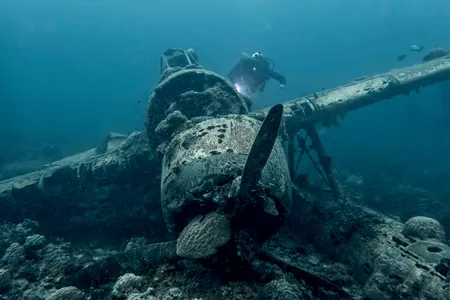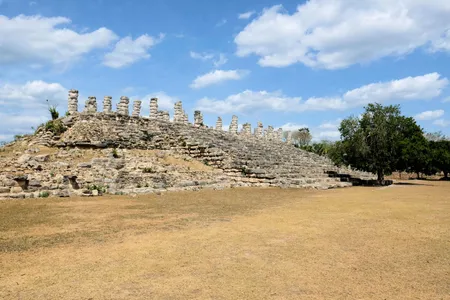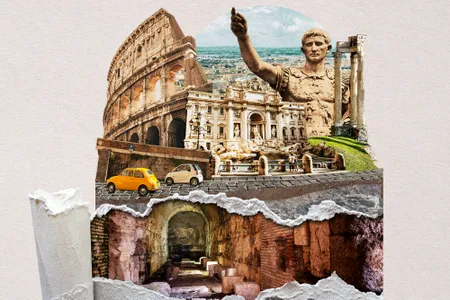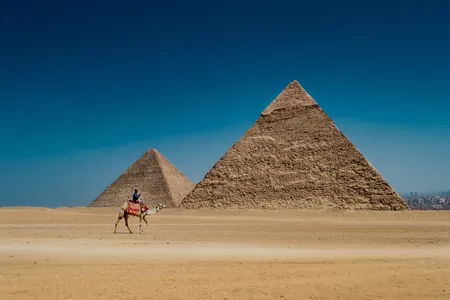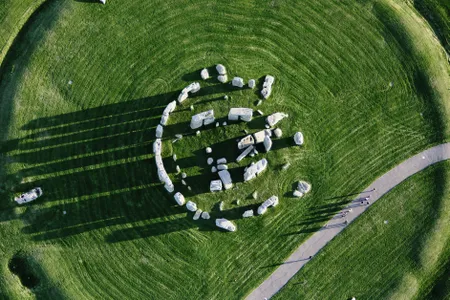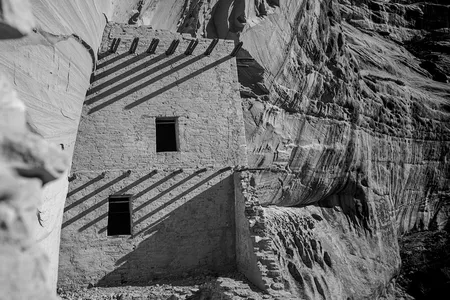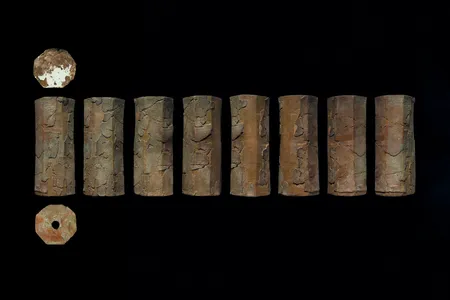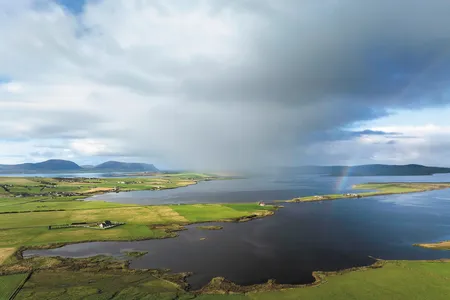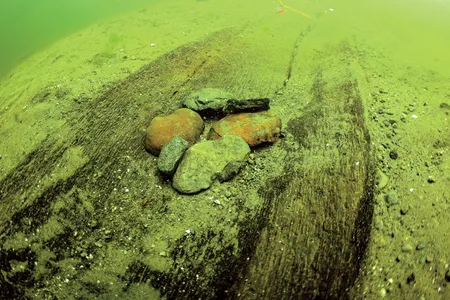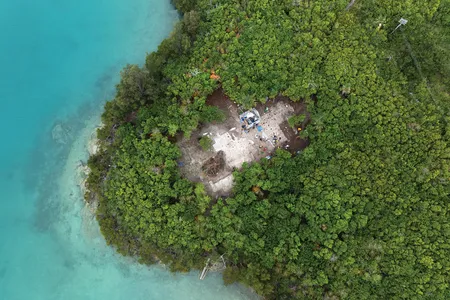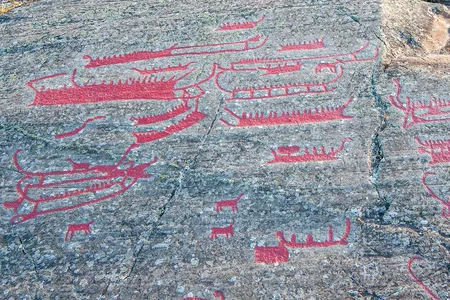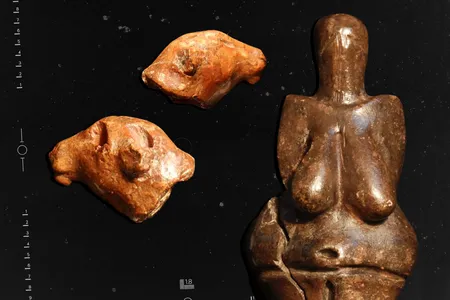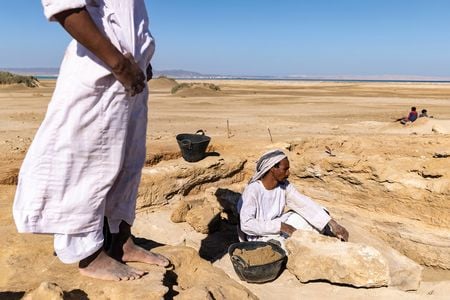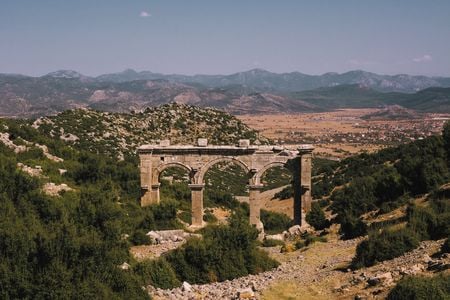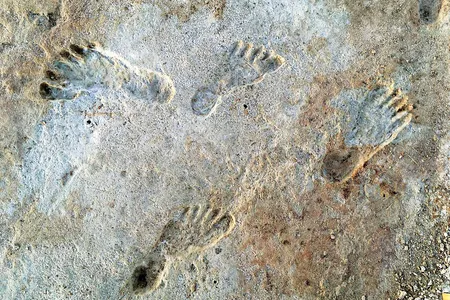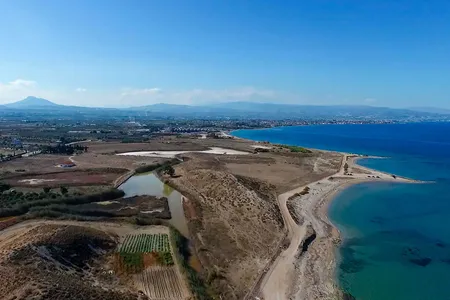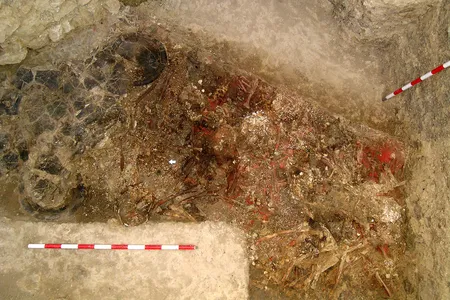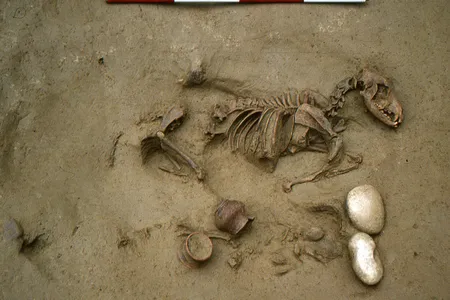How Underwater Archaeology Brings Secrets to the Surface, From Lost Shipwrecks to Submerged Cities
An immersive new exhibition at the Intrepid Museum in New York City spotlights the science and technology behind the discipline
What Can We Learn From Apocalyptic Times of the Past?
More than a millennium ago, a Maya community collapsed in the face of a devastating drought. One writer joined an intrepid archaeologist to upend what they thought they understood about why it all happened
The Joys of Discovering the Roman Underground, From the Colosseum to What’s Beneath the Trevi Foundation
To escape the crowds of the Eternal City, head below ground and enter a portal into Rome’s past
Smithsonian Photo Contest Galleries
These Extraordinary Archaeological Sites Are a Portal to Ancient Egypt
The Valley of the Kings and other bucket-list Egyptian destinations offer a glimpse into millennia-old majesty and artistry
What Archaeologists Are Uncovering About the Buddha in His Legendary Nepali Hometown
The birthplace of the Buddha beckons worshipers from around the world, as well as researchers hoping to dig up new evidence about the revered spiritual leader
How Far Did Neolithic Britons Carry Stonehenge’s Most Famous Boulder?
In a find that provides insights into the remarkable abilities of these ancient humans, new research studying the chemical footprint of the rock identified the source to be more than 400 miles away
For Centuries, Indigenous People Lived in These Desert Canyons. Now, New Technology Reveals Extraordinary Details About This Sacred Site
In the Arizona desert, researchers are learning so much more about the peoples who have inhabited this land since antiquity
The Mystery of the World’s Oldest Writing System Remained Unsolved Until Four Competitive Scholars Raced to Decipher It
In the 1850s, cuneiform was just a series of baffling scratches on clay, waiting to spill the secrets of the ancient civilizations of Mesopotamia
Discover the Astounding Secrets of Scotland’s Stone Age Settlements
In the Orkney Islands, archaeologists close the chapter on a legendary excavation, capping two decades of remarkable Neolithic discoveries
Archaeologists Are Finding Dugout Canoes in the American Midwest as Old as the Great Pyramids of Egypt
In the waterways connected to the Great Lakes, researchers uncover boats that tell the story of millennia of Indigenous history
The Hidden History of Bermuda Is Reshaping the Way We Think About Colonial America
New archaeological finds on the islands have revealed secrets about one of Britain’s first settlements in the Americas—and the surprising ways it changed the New World
These Markers of Scandinavia’s Bronze Age Boatyards Were Hiding in Plain Sight
Archaeologists argue that ancient fire pits were used for constructing the area’s distinctive boats
Did Prehistoric Children Make Figurines Out of Clay?
Fingerprints and scratch marks found in artifacts in the Czech Republic suggest youngsters of the Upper Paleolithic used the soil like Play-Doh, according to a pending new study
A Buried Ancient Egyptian Port Reveals the Hidden Connections Between Distant Civilizations
At the site of Berenike, in the desert sands along the Red Sea, archaeologists are uncovering wondrous new finds that challenge old ideas about the makings of the modern world
Hike Through Ancient Roman and Biblical History in Turkey’s Rugged Mountains
In southern Turkey, an extensive new trail network spirits trekkers to Pisidia, home to many lost treasures and a true crossroads of civilizations
Tracking Humans’ First Footsteps in North America
At a site in New Mexico, a new discovery rewrites the human history of the continent
Ancient Greece’s Biggest Port Is Older Than We Thought
Archaeological discoveries add 500 years to the history of Corinth’s main harbor
How Ancient Civilizations Reacted to Eclipses
Communities may have thought the celestial events were messages from the gods, a reason to abandon a settlement or a cue to end a war
Ancient Iberians Ingested Red Dust Loaded With Mind-Altering Mercury
Bones in Spain suggest a mercury-rich mineral used for art and hallucinogenic trips poisoned a community 5,000 years ago
These Ancient Celts Were Buried With Their Animals
Some remains found in the 2,000-year-old graves were likely food offerings, but others may have been much-loved companions
Page 1 of 21
